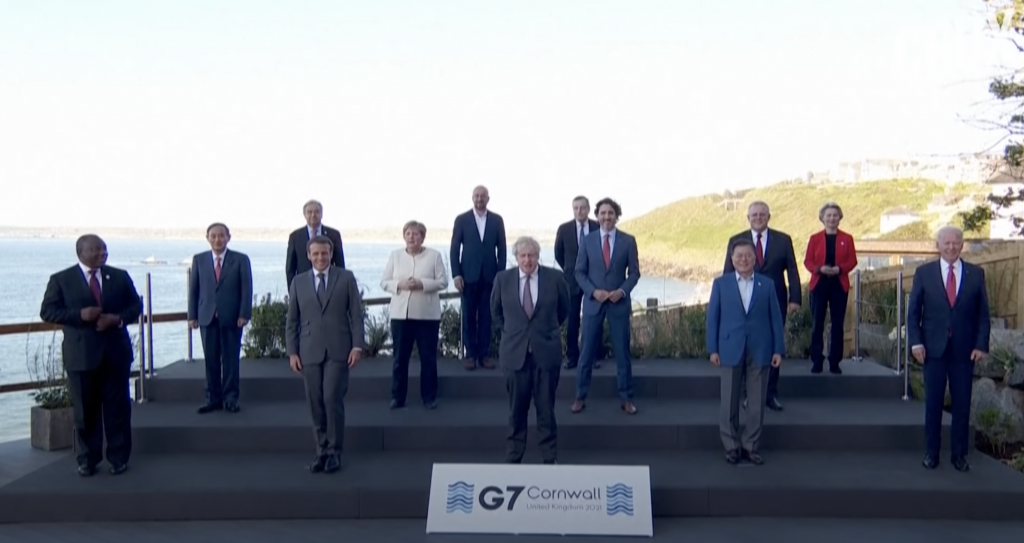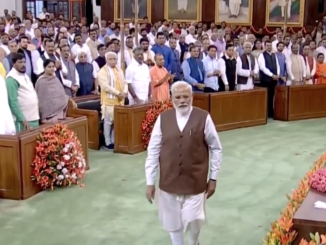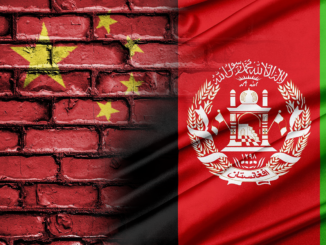
The US is no doubt the world’s sole superpower; but as many believe, in recent years, it has been facing various challenges to maintain its political, military, and economic supremacy. Based on its strong economic muscles, technological superiority, and military prowess, the US has ensured an overwhelming military presence primarily in the form of various combatant commands spread all around the world. Likewise, the US has remained involved in military intervention in various regions across the world. Specifically, during the last two decades, it has directly invaded Afghanistan and Iraq and led various indirect military campaigns in other countries most of which are located in the Middle Eastern and African regions. The US has been regarded as the sole security guarantor in some of the key regions of the world in general and the Middle East in particular. In addition to having strong economic muscles while being the largest economy in the world, its power projection has been referred to as a demonstration of its military supremacy. But now it appears that the US is trying to revamp and boost up its economic imperialism agenda. Specifically, this has become more relevant since China has launched its Belt and Road Initiative (BRI) worth trillions of dollars in the year 2013.
In pursuit of its agenda to deal with this considerable economic challenge from China, very recently, on 11th June at the G-7 summit that was held in Carbis Bay, England, the US came up with an initiative, which has created considerable hype in international media, known as a “Build Back Better World” (B3W). It has been insinuated as an alternative being offered by the US to challenge the Chinese BRI under which billions of dollars have already been invested by China. Though much of the details and framework of the implementation of the proposed B3W are not disclosed as of now, the massive project is intended to provide an estimated more than 40 trillion US dollars that are to be utilized by the developing countries by the year 2035. Further, it has been proposed that the B3W would focus on investments in climate, health, technology, human and gender rights. Specifically, against the backdrop of the COVID-19 global pandemic that has impacted the economies across the world, this project holds immense significance for the US vis-à-vis its global leadership role by offering an alternative to the BRI.
To further analyze, when the US was pursuing its power projection through military interventionism, China kept on strengthening its economic muscles and increasing its military capabilities without indulging in unnecessary military adventurism. This has been insinuated as the decline of the US and a considerable rise of China that can challenge the former in every geostrategic aspect. While being on a path of sustainable development and foreseeable economic integration, China launched its BRI as a reminiscence of the ancient Silk Road. The project is aimed at connecting; Europe, Asia, and Africa through a network of corridors and massive Chinese investment in socio-economic development projects. Many believe that the BRI initiative is an expansion of Chinese influence and its strong economic foothold from Asia to Europe and beyond. This would ultimately challenge US supremacy in the longer term, since; a strong and sustainable economy is widely regarded as a prerequisite of military might to be maintained. On the military front, China, though still not is at par with the US military might, but has appeared as a challenge to the latter. In this regard, China has been developing the latest military technologies that were previously limited to the US and its traditional counterpart Russia. Thus, in the US perception, China has seemingly emerged as a country that can challenge its supremacy both at the economic and military front.
This is further evident from this very fact that during the last few years, this notion has dominated the US foreign policy re-orientation. For instance, the US Pivot to Asia that was announced in 2011 was more or less an acknowledgment of the Chinese forthcoming challenge to US supremacy. Subsequently, in the US National Security Strategy of 2017 China was described as a revisionist power along with Russia. Based on this, the former US President Donald Trump declared China as a strategic competitor; and the tensions between the two countries reached new heights in his era. Even now in 2021, the Biden administration’s national security agenda, documented as the “interim strategic guidance” describes China as the only competitor that can challenge the US. This guidance specifically aimed at restoring the US global leadership role and boosting up alliance systems to counter China.
It is also notably important to discuss here that, at the military and diplomatic front, the US has already initiated the revival of the Quadrilateral Security Dialogue (Quad); a transnational security alliance to counter China in the Pacific region. Similarly, India has been deliberately given a significant role in the revamping of Quad since the US wants to counter China through strong alliance systems. In recent months, this has been insinuated by many as an Asian version of NATO. Now, on the economic front, the launching of B3W has been projected as a US version of economic integration like the Chinese BRI. There are widespread speculations that India is very likely to join the B3W. This is evident from the official statement of the Indian External Affairs Ministry that India would study the plan and then engage with the project subsequently. Even though it would be very early to say that India is going to join the project very soon, specifically, given the Indian enhanced role in Quad based on the US-India mutual interests vis-à-vis China, the likelihood of India becoming part of B3W cannot be entirely ruled out in the longer term. While summarizing it all, it becomes quite apparent that the US considers China as a threat to its supremacy. The fact remains that, despite the military might and politico-economic muscles of the US, China has emerged as a strategic competitor that has considerably challenged the US at various fronts. Now, the US has been trying to confront China in each possible way; either through utilizing Quad and now launching of B3W. China on the other hand has responded in a very unusual way; gone are the days when a small group of countries is to decide the fate of the rest of the world. This indicates and further establishes the notion that both the US and China are now in strategic competition; the level of which would likely intensify in the years to come.
![]()




Be the first to comment